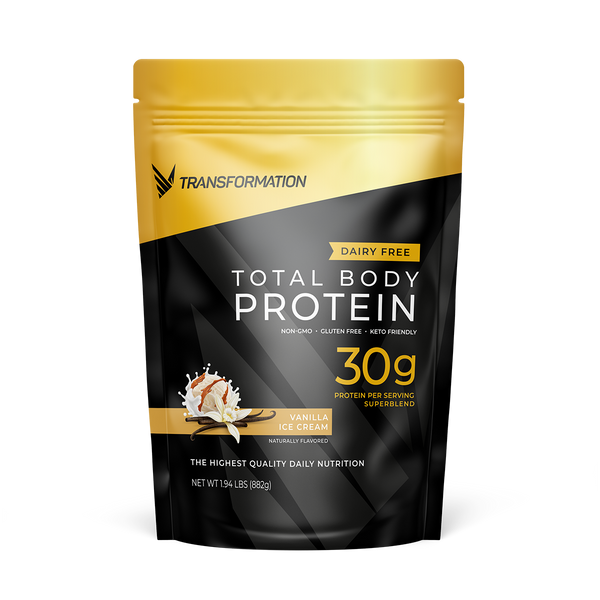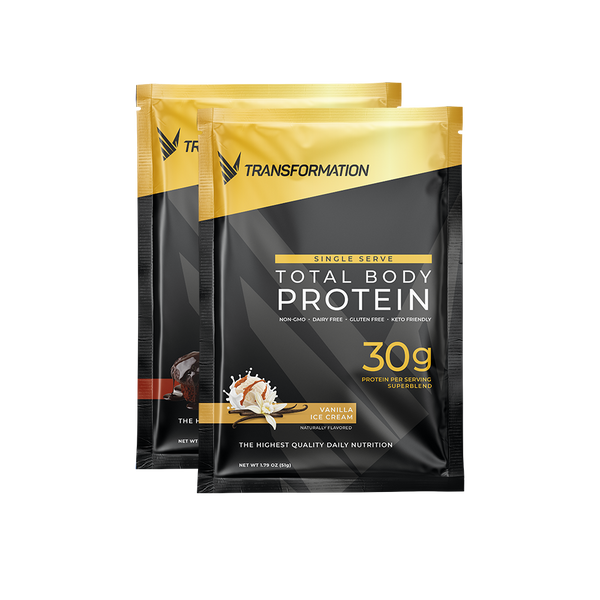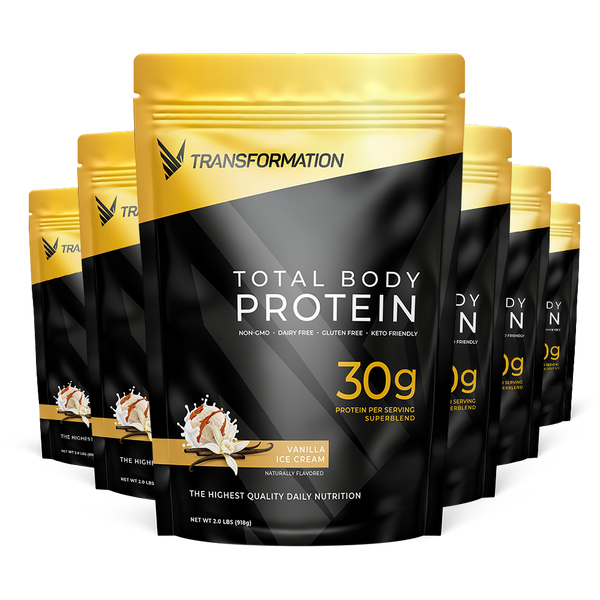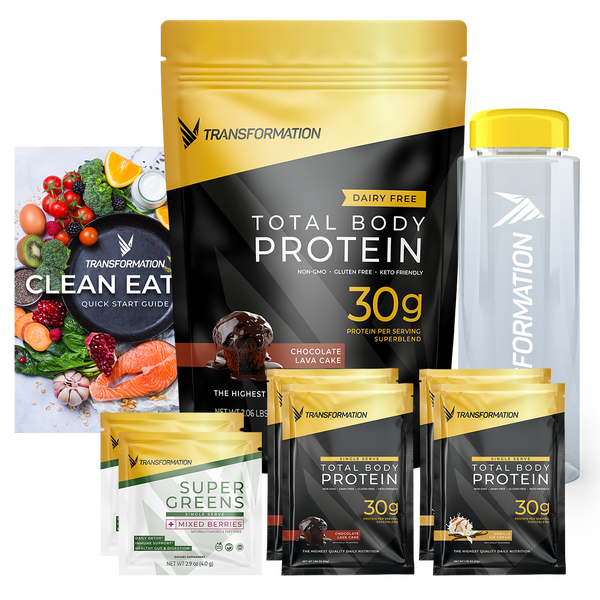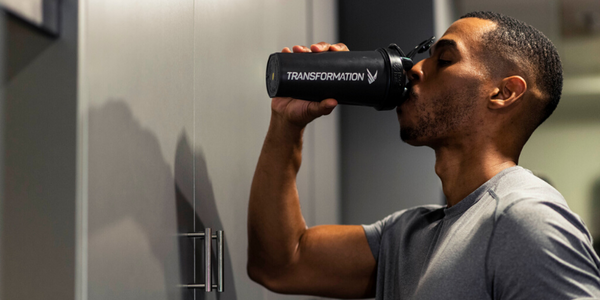
Tips to Help Maximize Your Muscle Recovery
All exercise, even when you’re working out at home, causes inflammation which can build up and slow your transformation gains, so if you are serious about continuous results, you need to optimize your post-workout recovery to avoid injury and allow for consistent training. Too few people realize that how fast you recover from exercise affects your overall results.
To relieve sore muscles fast, you need to incorporate stretching, resting, and quality nutrition into your workout recovery routine to maximize your long-term gains. Smart training and proper rest will ensure you can stay on your path to big results.
STRETCHING
Without stretching, muscles shorten and become tight. Hitting a workout without properly warming up your body puts you at risk for joint pain, strains, and muscle damage that can interfere with your goals. Stretching after a workout keeps muscles long, lean, and flexible, and we need flexibility to maintain a range of motion in the joints.
One of the most overlooked aspects of exercise is stretching after a strenuous workout, but it is a key step in workout recovery. Stretching after exercise is a great way to help break down lactic acid that can accumulate after a hard workout.
Here are some tips for post-workout stretching routines:
Foam Rolling: Roller exercises can be done every day to help loosen tight tissues, reduce physical imbalances, and increase mobility. Just like stretching, foam rolling can help prevent injury, increase blood flow, decrease soft-tissue density and relax tight muscles.
Hamstring stretches: Regular hamstring stretches before and after your activities may help prevent tightness. Try to take three to five minutes before and after your sports or activities to stretch. Try to incorporate hamstring stretches into your routine at least two or three days each week.
Walking for 10 minutes before or after a workout is one way to keep your hamstrings loose. Some simple hamstring stretches include touching your toes (standing up, sitting or lying down).
Lower back stretches: If you workout often, lower back pain can be common, so stretching can help relieve sore muscles fast. A common lower back stretch is to lie on your back and pull and then hold one or both knees to your chest. If your lower back often gives you problems, look into additional lower back stretches.
Abdominal stretches: Extending your arms above your head while standing or lying down can help elongate your abdominal muscles. Arching and lowering your back muscles while on all fours (commonly referred to as CAT and COW stretches) are other simple exercises to stretch your abs.
RESTING
Just as stretching is important for recovery, rest is essential for allowing your body to recover correctly so you can get back in the gym to make gains.
A quality fitness program will allow for 1 to 2 rest days per week, making sure not to stack lifting days back to back. Space them out every other day to allow your muscles time to rest on cardio days. Full rest days can include yoga and stretching to allow your body to recover and repair, a critical part of progress regardless of your fitness level or sport. Skipping rest days can lead to overtraining or burnout.
Speaking of rest, sleep is crucial in the process of workout recovery. Sleep is a time of rebuilding. Hormones like testosterone and human growth hormone help the body rebuild and repair during restful sleep. Sleep experts from the National Sleep Foundation, the CDC and the Mayo Clinic suggest adults aim for 7 to 9 hours of sleep a night. Don’t sabotage all your hard work by adding extra stress to your body; get your Zs.
GET THE PROPER NUTRITION
Another essential part of recovery is nutrition. During a heavy sweat sesh, most of your energy comes from the breakdown of glucose. Glucose (also known as blood sugar) is just a simple sugar molecule. It’s what every carb you eat eventually gets broken down into. Carbs not used for energy get stored in your muscles as glycogen, and post workout, the amount of glycogen in your body is significantly lower; therefore, if you want to have energy you need to perform at a high level for your next workout, you need to eat enough carbs to replenish your glycogen.
Ideally, you should refuel with a snack that balances proteins, carbs, and fats in the best ratios (ideally 60% protein, 30% carbs and less than 10% fats) within 30 minutes after exercise, known as your glycemic window - the period when your body is most receptive to taking on nutrients.
A balanced diet will help maximize workout recovery, so it is important not to skimp on caloric intake. Extreme calorie deficits will hinder your body’s ability to build lean muscle we lose when we lose weight.
A diet with quality protein and complex carbohydrates along with fresh fruits and veggies will provide antioxidants and other important micronutrients that help your body recover.
Consuming a post-workout shake or recovery supplement tells your muscles it's time to rebuild and repair. When using supplements, do your research to ensure you use a supplement with the best, most premium ingredients.
RECOVERY, by Transformation Protein
Transformation Protein’s Recovery supplement is the perfect solution for anyone trying to recover efficiently after workouts. This premium RECOVERY powder uses the latest research with three top natural inflammation support ingredients, Curcumin from the wonder spice Turmeric, a potent extract from the ginger root, and bromelain - a top enzyme that supports an improved inflammation response in the body. Along with aiding digestion and offering GI support, these ingredients combine to help ease the stress of your daily activity on your muscles and joints, getting you in top form for your next workout.


